U.S. Investment
in the Philippines
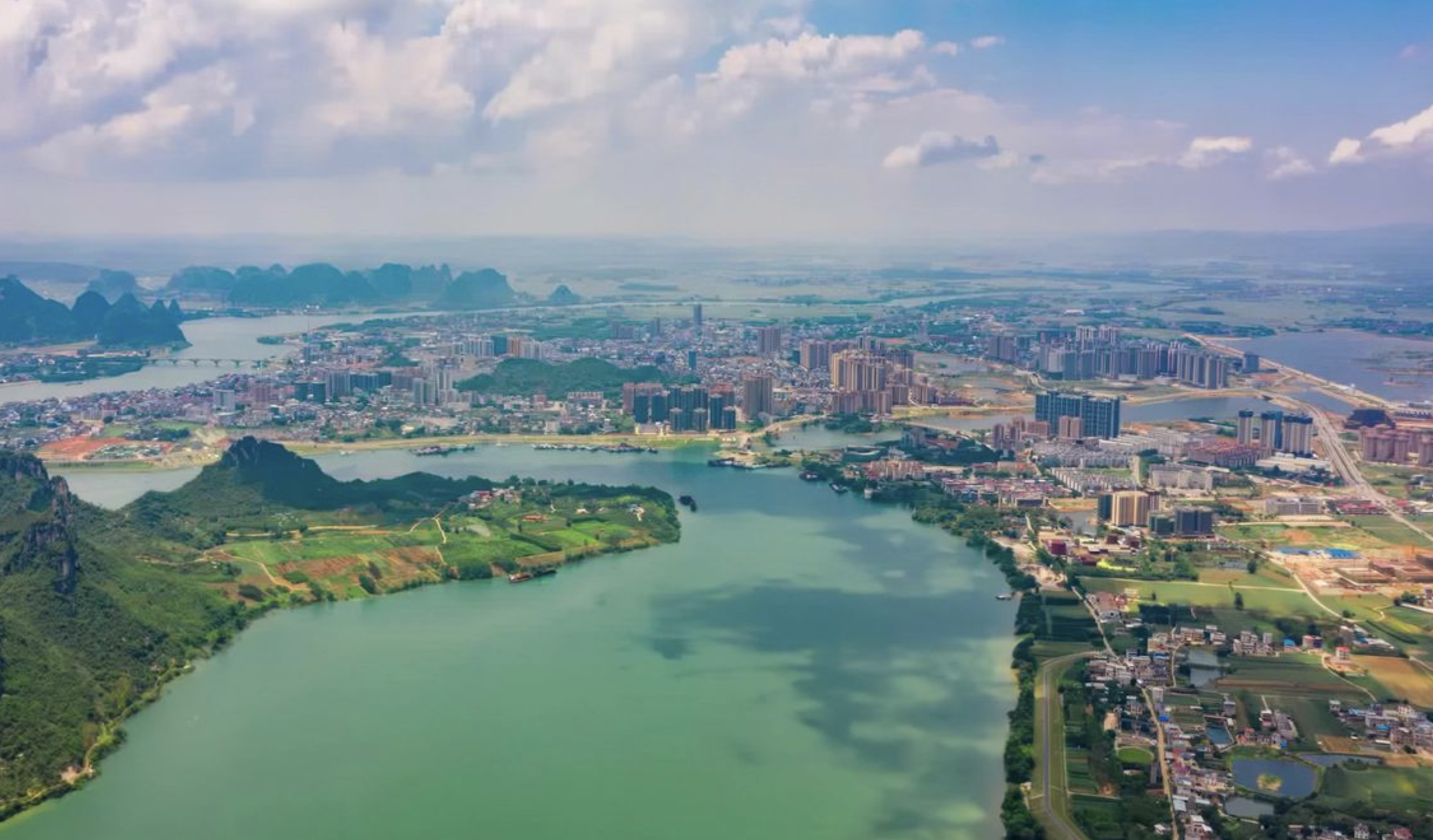
In July 2024, the Philippines hosted top U.S. officials for a meeting to deepen the U.S.-Philippine alliance, including through enhanced economic ties.
The United States and the Philippines enjoy a rich, long-term relationship based on shared values, national interests, and strong people-to-people connections. In polling, Filipinos regularly identify the United States as one of the country’s most trusted partners.
There are robust economic linkages between the two countries, but the true extent of this economic relationship and its impacts on the Philippines are poorly understood.
This underreporting creates opportunities for malign actors to manipulate Philippine public opinion by minimizing or mischaracterizing U.S. initiatives.
Discrediting the accomplishments made possible by this relationship could weaken decades of collaboration and jeopardize the current renaissance of the alliance. Disinformation regarding the U.S. defense commitment to Filipino forces in the South China Sea is already pervasive on Philippine social media.
To improve public awareness of U.S. economic activities in the Philippines, it is crucial to make information about this relationship current, clear, and accessible.
The Impact of U.S.
Government Investment
The U.S. government has spearheaded a wide range of initiatives and agreements to spur Philippine industries and strengthen the nation’s institutions.

– HIGHLIGHTS –
USAID
USAID invests around $120 million annually to support market-driven growth in the Philippines, foster stronger democratic systems, and improve education and health services.
Military
Since 2015, the U.S. Department of State has provided $463 million in security assistance through its Foreign Military Financing (FMF) program, International Military Education and Training program, and Global Peace Operations initiative. FY24 FMF funding means that $500 million more is on the way.
EDCA
Under the Enhanced Defense Cooperation Agreement (EDCA), the United States has already allotted $109 million in support of base facility improvements, supplies, and military equipment, with an additional $128 million planned in the 2025 fiscal year.

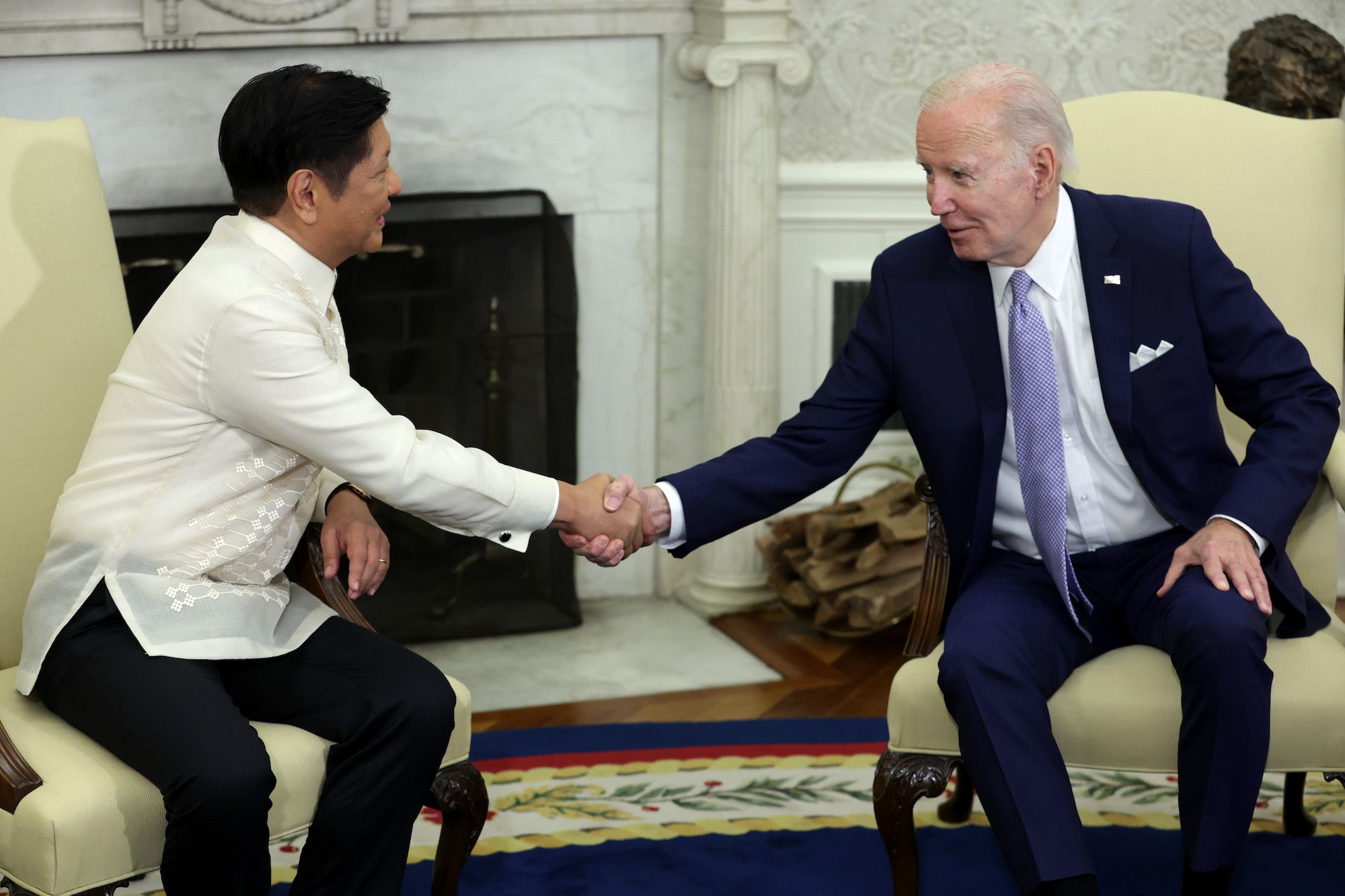
The Indo-Pacific Economic Framework for Prosperity (IPEF) is one of the Biden administration’s signature policies for economic engagement throughout the region.
Under President Ferdinand “Bongbong” Marcos Jr., the Philippines became one of the 14 negotiating parties in the U.S.-led IPEF.
Since the launch of IPEF in 2022, the United States and the Philippines continue to mark significant accomplishments in their economic partnership.
– KEY ACCOMPLISHMENTS –
Partnership for Global Infrastructure and Investment (PGI)–IPEF Investment Accelerator
This collaborative action will allow the United States, the Philippines, and Japan to coordinate investments in infrastructure projects, clean energy, and semiconductor supply chains.
The Luzon Economic Corridor
The first project of the PGI–IPEF Investment Accelerator will support connectivity between Subic Bay, Clark, Manila, and Batangas.
First Presidential Trade and Investment Mission to Manila
Secretary of Commerce Gina Raimondo brought together 22 prominent U.S. business leaders with local Philippine leaders, paving the way for future collaboration and investment.
U.S.-Philippines Agreement for Cooperation in Peaceful Uses of Nuclear Energy (“123 Agreement”)
Entered into force in July 2024 , this agreement makes significant headway with nuclear energy cooperation. Advances in nuclear energy, specifically small modular reactors, could help power more isolated communities throughout the islands.
U.S. International Development Finance Corporation (DFC) Affordable Housing Loan
A $20 million loan was announced for affordable housing throughout the country.
Regional Office for U.S. International Development Finance Corporation (DFC)
Intent was signaled to open a regional office in the Philippines.
The Role of Private Investment
The U.S. government’s efforts have been complemented by a growing number of U.S. private investors.

Investment has flourished in a variety of sectors due to the close economic relationship between the two countries.
Goods and services trade between the United States and the Philippines reached an estimated $36.1 billion in 2022, with exports at $12.8 billion and imports at $23.3 billion. The United States is among the Philippines’ top export partners.
Trade figures from May 2024 demonstrate that the United States remains the Philippines’ top export destination and that the economic growth trend between the two countries continues to grow.
Between 2013 and the first quarter of 2024, the United States was the fifth-largest source of approved foreign investment in the Philippines, accounting for 7 percent of the total, or roughly $3.6 billion.
The United States is trailed closely by China, the sixth-largest source of approved foreign investment, clocking in at $3.2 billion.
Foreign and domestic businesses may register with one of the Philippines’ 19 investment promotion authorities, such as the Philippine Board of Investment or the Philippine Economic Zone Authority (PEZA), for tax incentives and assistance in establishing a business presence.
These authorities are split based on geographic regions and industry strengths—such as the manufacturing and logistics network in Luzon and the agro-industrial cluster in Mindanao.
Much of the foreign investment into the Philippines’ export-oriented manufacturing and services industries is routed through special economic zones managed under the jurisdiction of PEZA.
PEZA works to facilitate investor business operations, from the management of manufacturing zones to registration and paperwork filing.
There are 419 different special economic zones throughout the Philippines, ranging from manufacturing economic zones and information technology parks to agro-industrial economic zones and tourist export enterprises.
Within the zones, the Philippine government can dole out tax incentives while sparing foreign businesses from lengthy bureaucratic procedures.
For the future of the U.S.-Philippine economic partnership, it is crucial to understand the extent of current foreign investment, and where future investment can be most impactful.
Sectors to Watch
U.S. investment plays, or is expected to play, a leading role in many Philippine industries, but seven sectors deserve particular attention for the benefits they deliver.

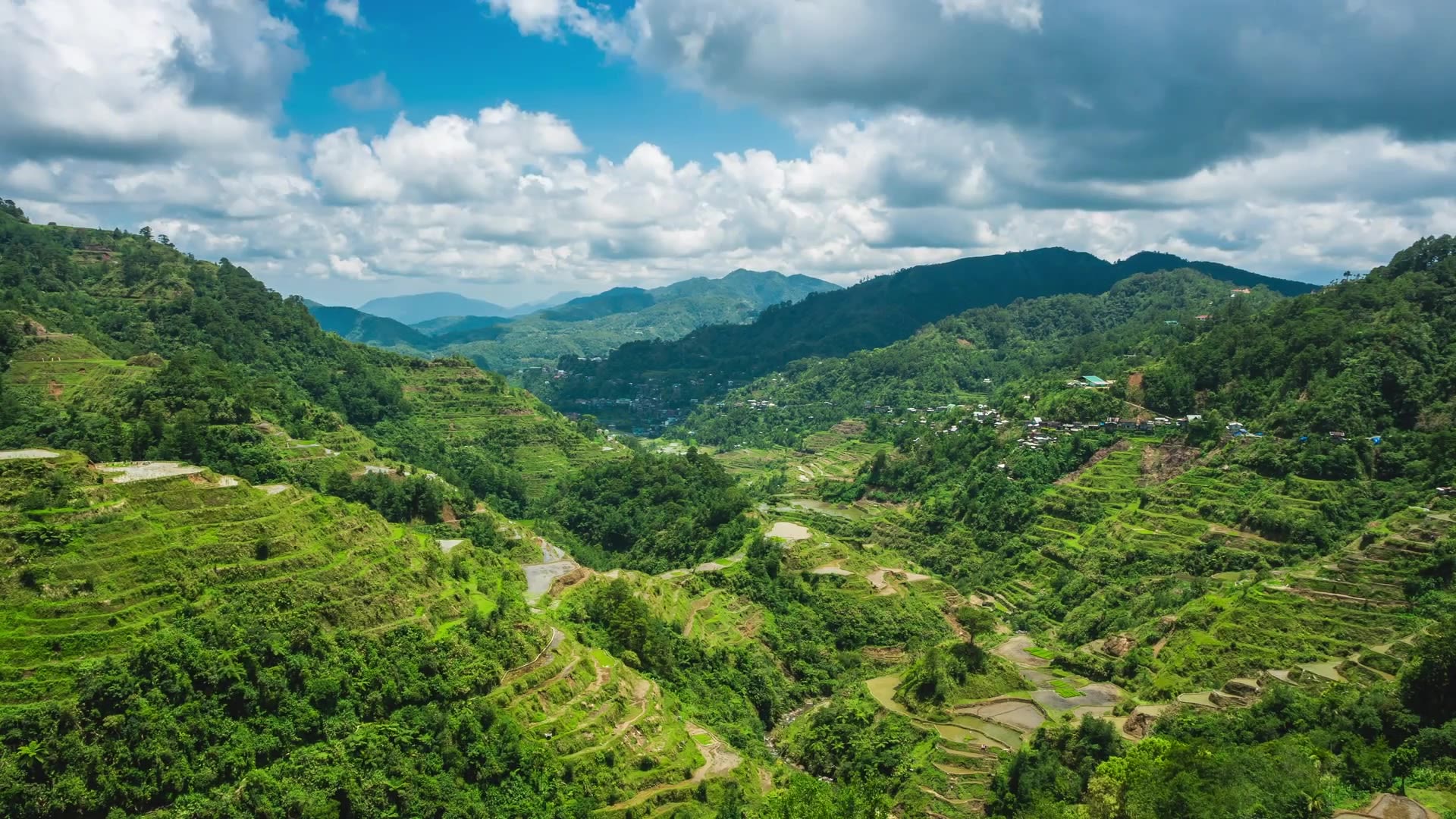
SECTOR 1:
Renewable Energy
Though 97.5 percent of Philippine households are electrified, the mountainous and archipelagic nature of the country presents significant challenges to consistent, inexpensive power.
Collaboration between the United States and the Philippines in establishing clean, sustainable power grids is of great importance to local Philippine communities.
– KEY STATS –
33%
Geothermal, solar, and wind energy account for 33 percent of The Philippines' energy sources.
50%
The Philippines aims to reach 50 percent renewable energy by 2050.
– SPOTLIGHT –
Sol-Go Inc.
Solar panel manufacturer Sol-Go Inc. announced that it will build a new solar panel factory in the Philippines in addition to its current factory operating in Batangas.
This additional investment will allow Sol-Go to triple its locally sourced workforce and increase its capacity so that it can produce 50 megawatts (MW) of solar panels.
With the average Filipino household using 200 kilowatt-hours of energy per month, 50 MW could easily power 180,000 homes.
Stabilizing access of electricity through clean, renewable energy will encourage additional foreign investment in the country.

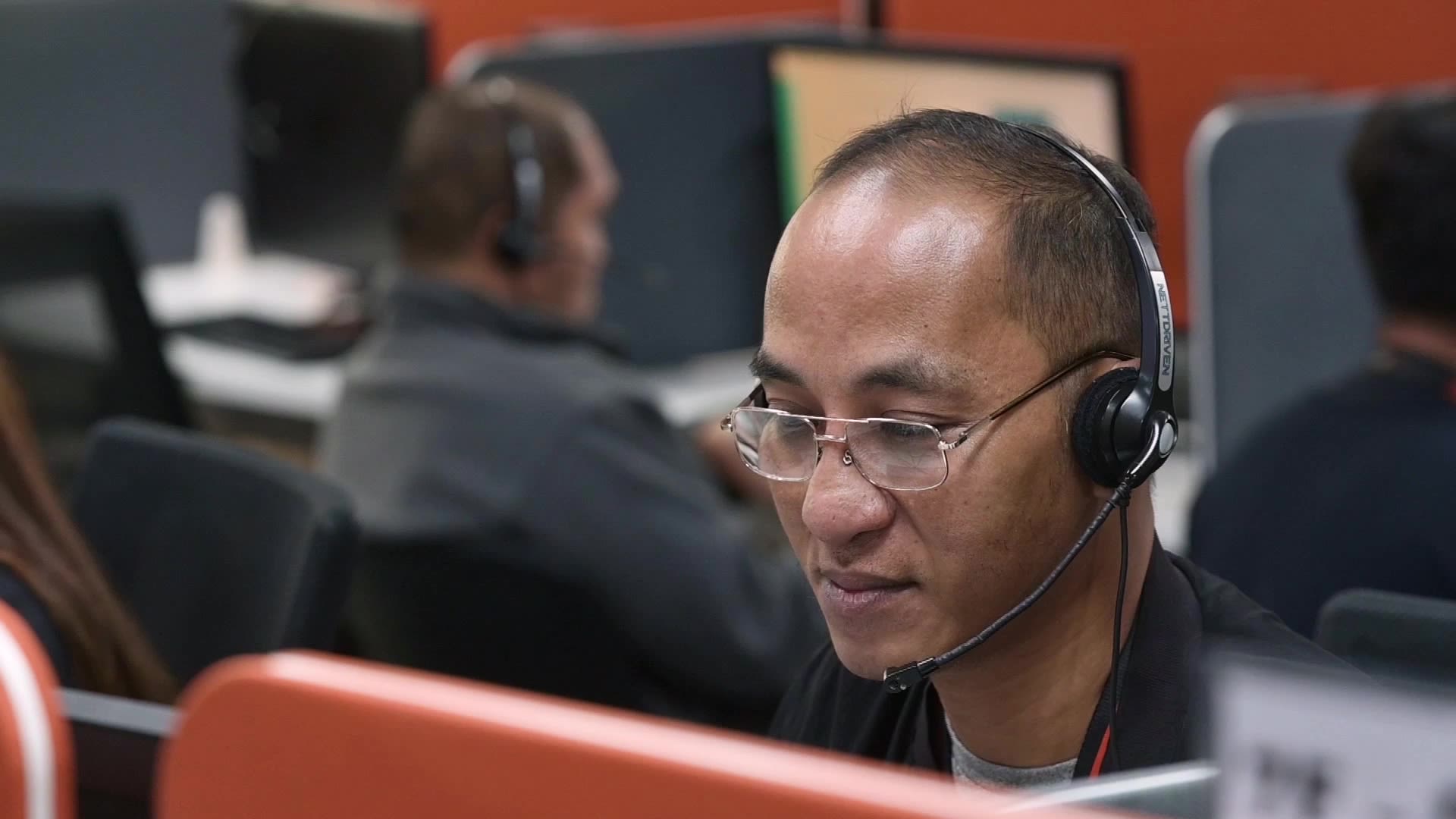
SECTOR 2:
Information Technology and Business Process Management
In April 2024, a photo of a Philippines-based employee working as a virtual cashier in a New York City restaurant thousands of miles away went viral on social media, highlighting the ubiquity of Philippine information technology and business process management (IT-BPM) services.
U.S. businesses have increasingly outsourced services to the Philippines in the last few decades, and U.S. investment has played a crucial role in the development of the sector.
The IT-BPM sector covers a gamut of services in the Philippines, managing certain aspects of business operations for third parties. With its young, tech-literate, and largely English-proficient population, the Philippines presents an ideal location for U.S. IT-BPM investments.
– KEY STAT –
$5.2 billion
From 2014 to 2023, the Philippines benefited from nearly $5.2 billion worth of foreign direct investment from the United States in general professional, scientific, and technical services.
– SPOTLIGHT –
U.S. Owned Companies
IT-BPM companies are often desirable places of employment for Filipinos. U.S.-owned companies, ranging from American Express to Synchrony and Accenture, rank among the top of a “best workplaces” list compiled by Great Place to Work, a platform that uses employee data to certify workplaces with good levels of trust and work culture.
The IT-BPM sector is still concentrated in a few urban centers, specifically Bacolod, Cebu, Clark, Davao, and Iloilo are the main hubs.
Through the Digital Cities 2025 initiative, the Philippine government is providing basic digital literacy and skills training in more rural provinces, which will pay dividends as the Philippines continues to advertise itself as an IT-BPM hub to U.S. investors.

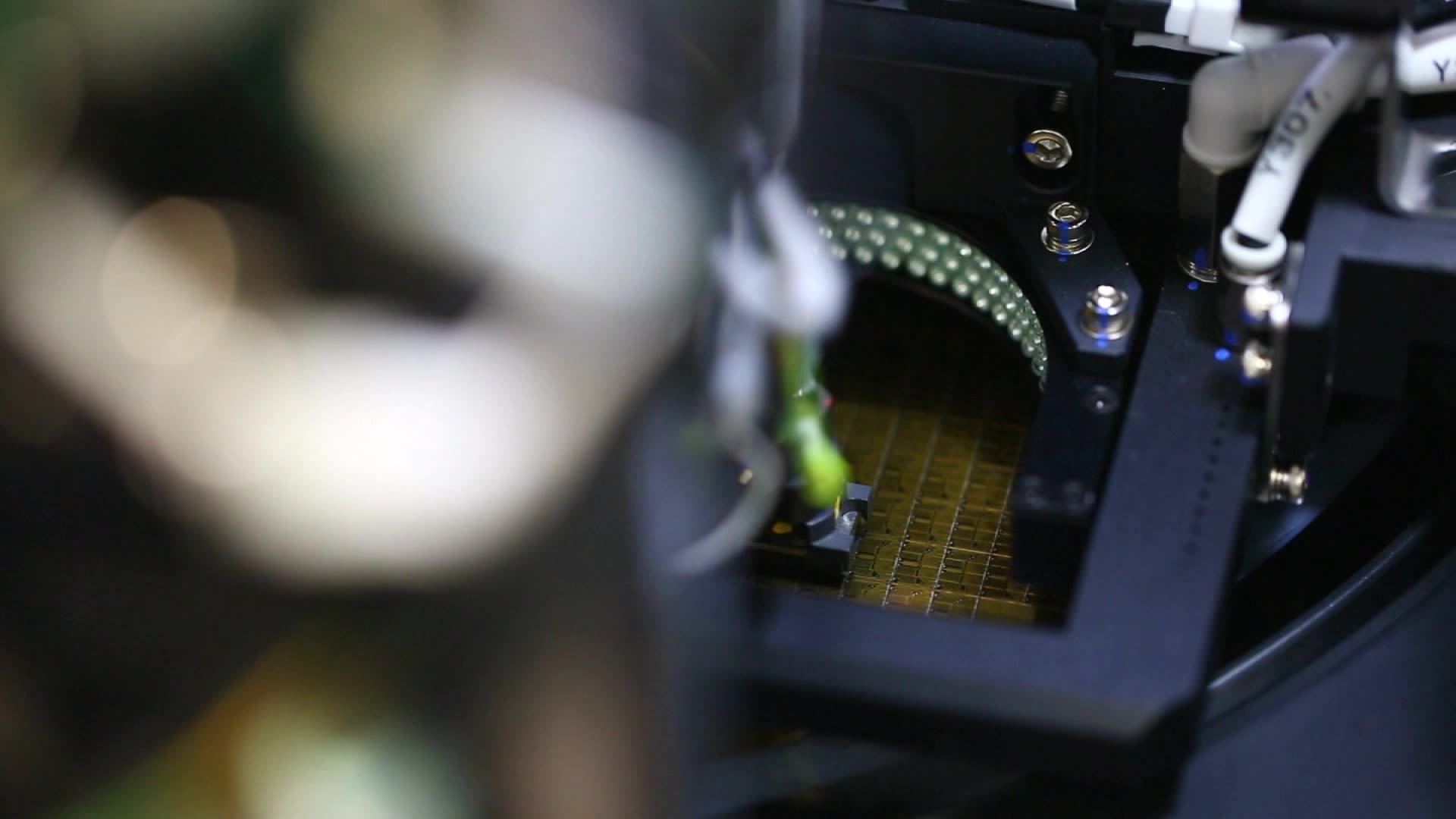
SECTOR 3:
Semiconductors
With highly educated, English-proficient workers, the Philippines is an appealing location for semiconductor manufacturing.
As of April 2023, the semiconductor and electronics industry employed, directly or indirectly, 2.5 million Filipinos.
The industry is concentrated in Metro Manila, Calabarzon (Cavite, Laguna, Batangas, Rizal, and Quezon), Northern and Central Luzon, and Cebu.
– KEY STATS –
$12.9 billion
Electronics exports reached $12.9 billion in 2023, nearly 60 percent of total Philippine exports.
73%
The Philippine electronics industry is split into 73 percent semiconductor manufacturing and 27 percent electronics manufacturing.
– SPOTLIGHT –
Texas Instruments
In August 2023, Texas Instruments, a prominent global semiconductor manufacturer, announced that it would invest up to $1 billion in facility expansion in Clark and Baguio City.
U.S. companies have been increasingly investing in the Philippine semiconductor space.
With the potential for more resilient power grids accompanying a boost in funding from U.S. sources, the Philippines is primed to build upon its standing as a key semiconductor partner in the international value chain.
The Philippines aims to move up the semiconductor value chain and establish a lab-scale wafer fabrication plant by 2028.

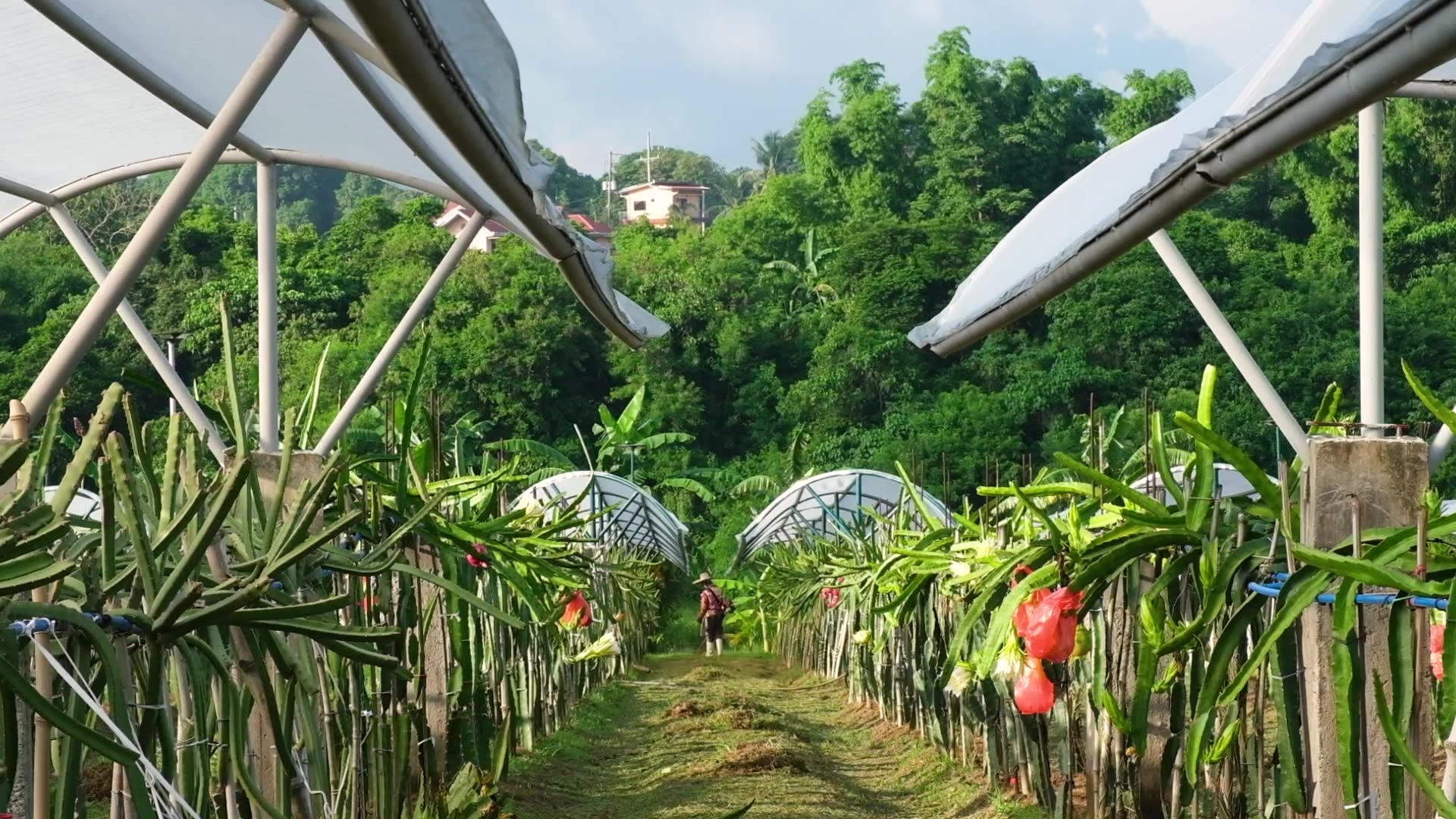
SECTOR 4:
Agriculture
The United States and the Philippines are longtime partners in the agricultural sector.
In 2022, U.S.-Philippine bilateral agricultural trade reached more than $4 billion.
– KEY STATS –
39%
Luzon makes up the largest share of Philippine agricultural production at 39 percent.
33%
Mindanao makes up the second largest share of Philippine agricultural production at 33 percent.
28%
Visayas makes up the third largest share of Philippine agricultural production at 28 percent.
– SPOTLIGHT –
Cargill
U.S. companies have had a long history of investment in the Philippine agricultural space.
Cargill, which has maintained a presence in the Philippines since 1947, has made several key investments over the past decade.
It collaborated with the Jollibee Foods Corporation to create a joint-venture poultry processing facility in Batangas in 2017, which now employs 1,200 workers.
The Philippines has limited infrastructure linking its farmers to markets and is also vulnerable to external food supply shocks.
Improving food production is therefore crucial to securing Philippine agricultural supply chains.

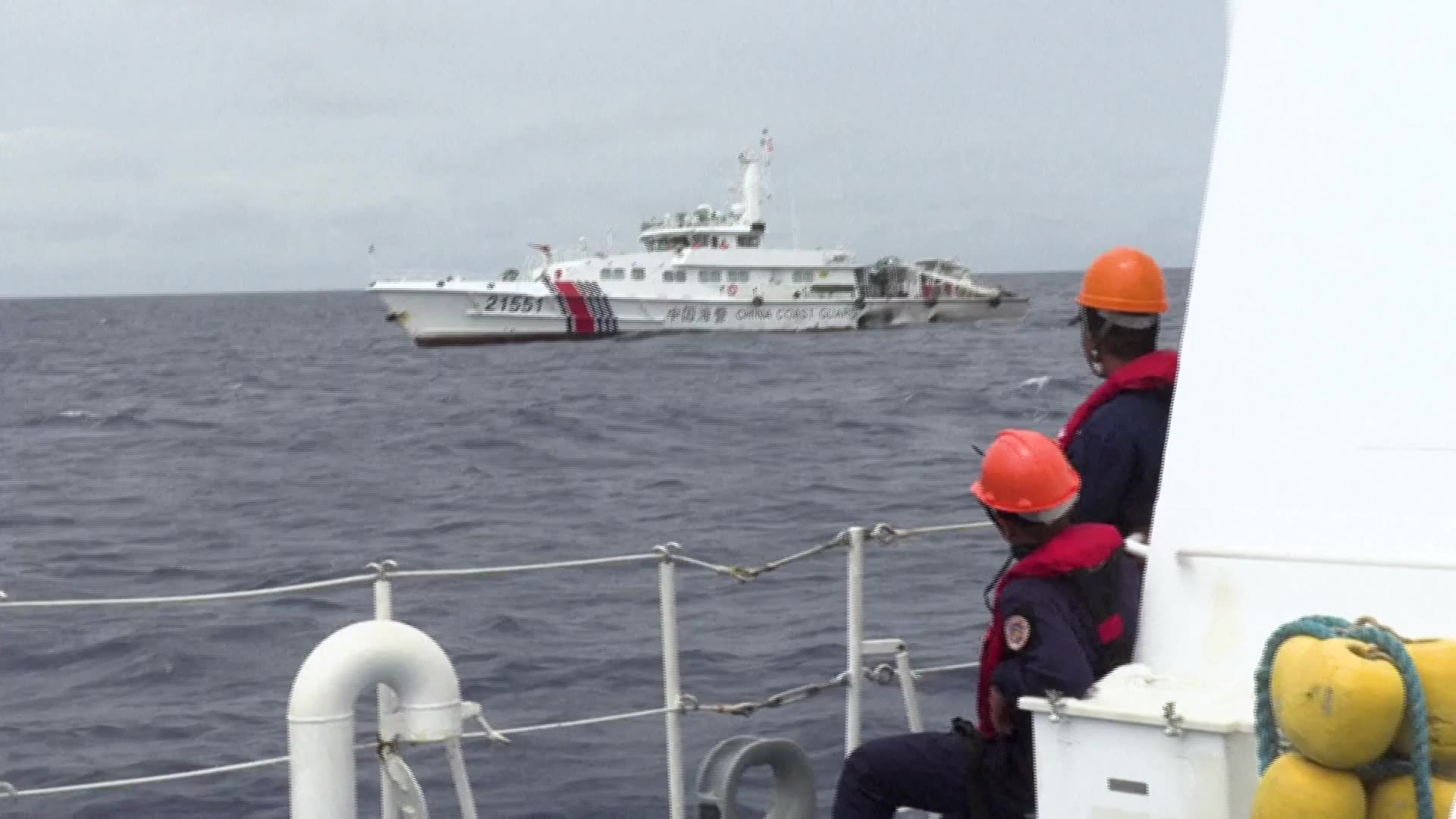
SECTOR 5:
Defense and Aerospace Manufacturing
Due to ongoing tensions between the Philippines and China over the South China Sea, defense and aerospace sectors are critical to the Philippines’ defense modernization initiatives.
– SPOTLIGHT –
RTX's Collins Aerospace
RTX’s Collins Aerospace, a prominent U.S. aerospace and defense manufacturing company, produces airplane parts and interiors within the Philippines, supplying Airbus and Boeing.
Collins Aerospace established a facility in Tanauan City, Batangas, in 2012, manufacturing cabin interior products including airplane galleys, galley inserts, oxygen equipment, and lavatories.
The facility expanded from task-based engineering to design drawing and process refinement; by 2017, the Philippines-based engineering team had supported the design of complex galleys and designed a Head of Version shipset. In 2023, the company began producing seats for Boeing, Airbus, and Embraer.
Given its strategic location and well-educated workforce, the Philippines is in a prime position to contribute to defense and aerospace supply chains.

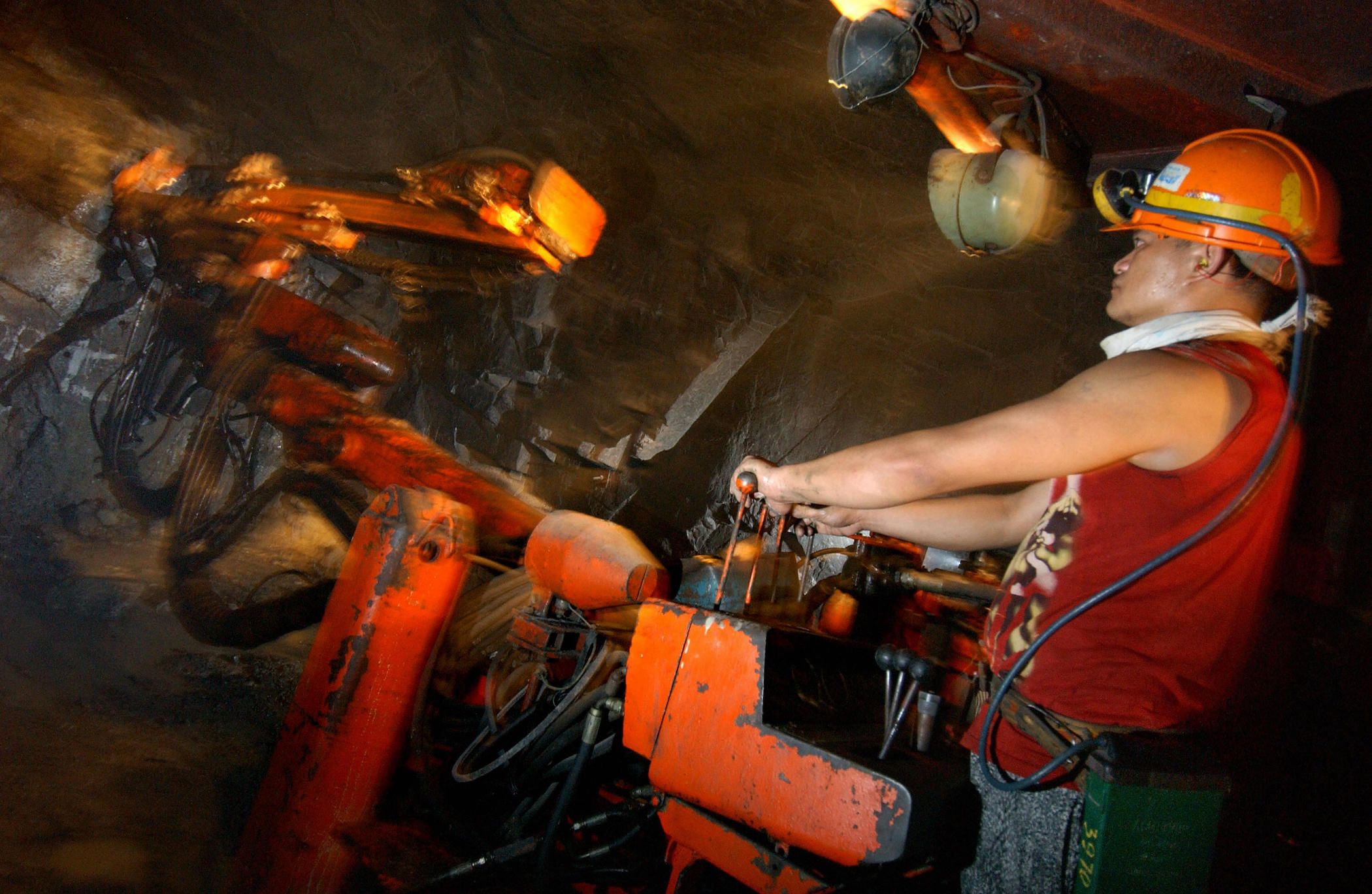
SECTOR 6:
Critical Minerals and EVs
The Philippines’ critical mineral wealth, which has largely gone untapped, makes it an ideal partner in electrical vehicle (EV) battery and component supply chains.
– KEY STAT –
$1 trillion
Only 5 percent of the Philippines’ $1 trillion worth of, gold, nickel, zinc, and silver reserves has been explored.
– SPOTLIGHT –
Envirotech Vehicles
One U.S. firm, Envirotech Vehicles, is in talks with PEZA to manufacture electric buses, cars, and heavy equipment in-country.
In September 2023, Envirotech Vehicles announced its acquisition of a 3,000-square-meter assembly facility in the Clark Free Trade Zone.
It eventually plans to open two manufacturing lines capable of producing more than 2,000 vehicles per year at the plant.
Increased collaboration on defense and aerospace production, coupled with nascent efforts at improving Philippine EV production capacity, could help better prepare the country for external supply shocks and bolster Philippine territorial integrity.

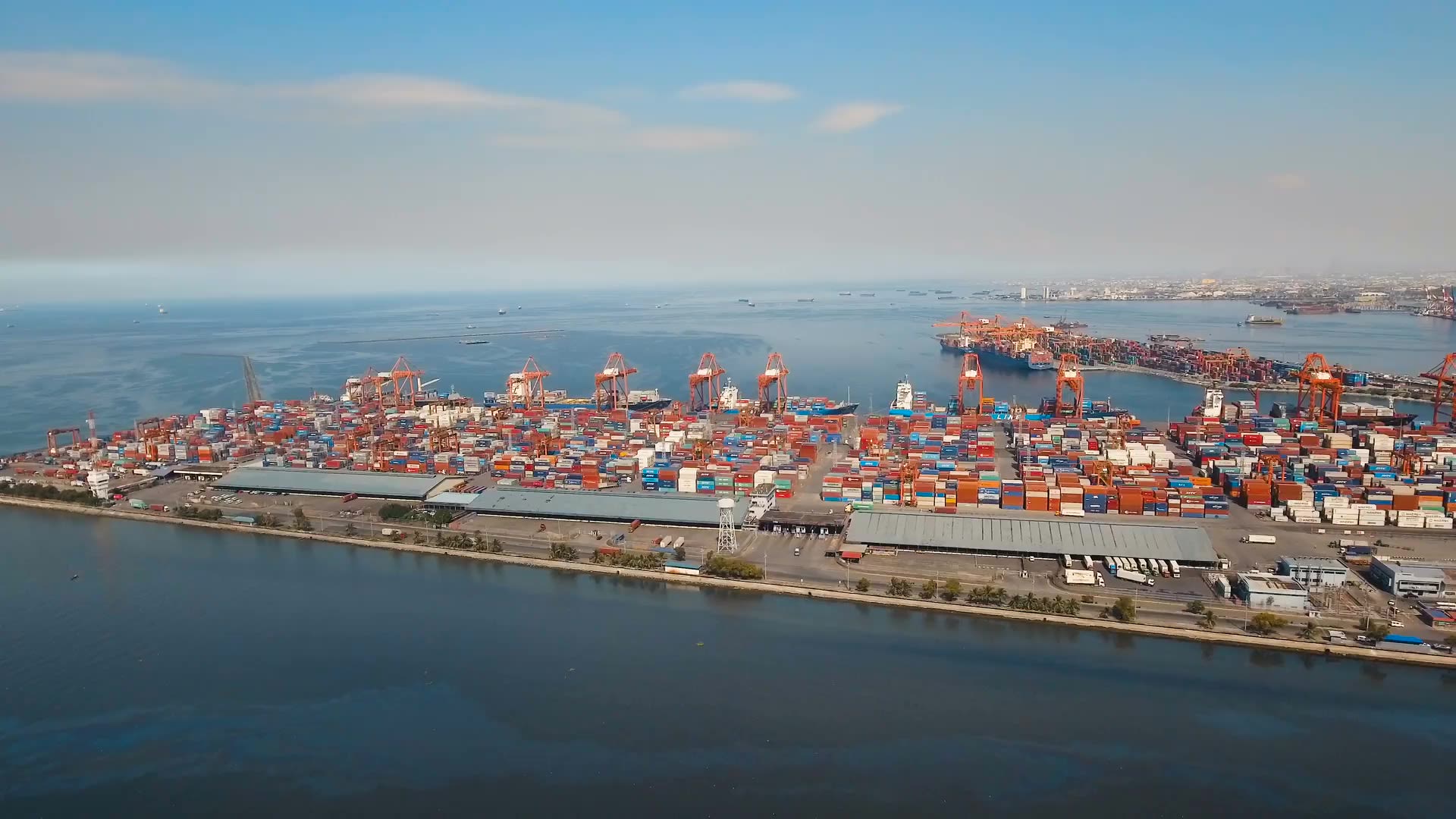
SECTOR 7:
Logistics and Shipping
With convenient access to markets in ASEAN, China, Japan, and South Korea and proximity to Australia and India, the Philippines is in a prime location for logistics, transportation, and shipping services.
– KEY STAT –
$16.8 billion
As of March 2023, the Philippine freight and logistics market was valued at $16.8 billion. The growing ubiquity of e-commerce within the country and throughout the region necessitates not only strong general infrastructure in ports, roads, and rail connections, but robust freight and logistics networks.
– SPOTLIGHT –
Fedex
After 36 years in the Philippines, FedEx opened a $30 million gateway facility in Clark City, aimed at improving the company’s ability to operate within the country and in the region at large.
By stepping up as a hub for logistics, the Philippines will prove to be invaluable in shaping regional trade flows, bringing in increased opportunity for foreign businesses and boosting local employment.

Explore Investments in Key Sectors
Institutional Barriers to U.S.-Philippine Trade and Investment
Though there are many promising developments in these key sectors, there’s still work to do.

In the United Nations Conference on Trade and Development’s World Investment Report 2023, the Philippines ranked sixth among its Southeast Asian peers in foreign direct investment inflows. Under the Marcos administration, the Philippines aims to improve its standing to second by 2028.
A 2022 amendment to the Public Service Act, made effective in 2023, allowed full public ownership of industries such as airports, railways, and telecommunications, creating a new area of opportunity for foreign investors.
The same year, an amendment to the Foreign Investment Act allowed foreign investors to set up and fully own domestic enterprises, easing access to the Philippine market.
In 2024, the Philippine House of Representatives and Senate debated whether to amend the constitution to promote foreign investment. But those efforts have stalled until at least the 2025 midterms.
Key Findings & Recommendations
What can the United States and the Philippines do to better showcase and strengthen their deep economic ties?

FINDING #1
U.S. companies operating in the Philippines demonstrate varying degrees of transparency in their official databases and on their websites. Investment and employment figures are quite vague, effectively obscuring the impact of these investments.
RECOMMENDATION #1
The United States should work with the private sector and other stakeholders to develop a comprehensive database outlining U.S. investment in the Philippines. This should clearly and transparently list the specific impacts of such investments, including employment figures.
FINDING #2
Current resources for collating the impact of U.S. investment in the Philippines are not user-friendly. U.S. and Philippine numbers vary significantly, obscuring the impact of U.S.-Philippine economic cooperation.
RECOMMENDATION #2
The U.S. and Philippine governments should partner closely in collating their data and making both sets mutually intelligible.
FINDING #3
Data from the various investment promotion authorities only account for investments granted incentives by the Philippine government. Moreover, sectoral investment data is delineated per investment promotion authority, preventing an aggregate perspective of incoming investment.
RECOMMENDATION #3
PEZA and the Philippine Statistics Authority should aggregate incoming investments into the Philippines’ many economic zones and investment promotion authorities within unified charts, demonstrating aggregate total investments from specific countries in specific sectors.
FINDING #4
Neither businesses nor the U.S. government adequately socializes the impacts of its investments on local communities, missing a key opportunity to point the narrative toward the efficacy of the U.S.-Philippine economic partnership.
RECOMMENDATION #4
Businesses and the U.S. government should expand their online presences to counter rising disinformation and counter narratives that threaten to sway public opinion.
FINDING #5
Despite the long-standing economic partnership, relatively few U.S. business leaders have traveled to the Philippines or have become aware of the potential of its rapidly growing and increasingly open economy.
RECOMMENDATION #5
Person-to-person exchanges should remain consistent throughout administrations. Both recent U.S. government-led trade missions were the first of their kind. The United States, regardless of administration, should ensure the continuation of such exchanges.
FINDING #6
Investments in the Philippines remain strongly centered in Luzon, particularly in and around Metro Manila and its surrounding areas. Business interest in areas such as Cebu and Davao are growing, but Manila remains oversaturated with investment. Moreover, with limited availability and bureaucratic red tape preventing easy access to cheap land, both business owners and potential employees are thus at a disadvantage.
RECOMMENDATION #6
The United States should work to diversify the span of its investments throughout the Philippines. Expanding investment projects into emerging regions—from Iloilo and Cebu in the central Philippines to Davao and its surroundings in the south—would offer excellent opportunities for Filipinos.
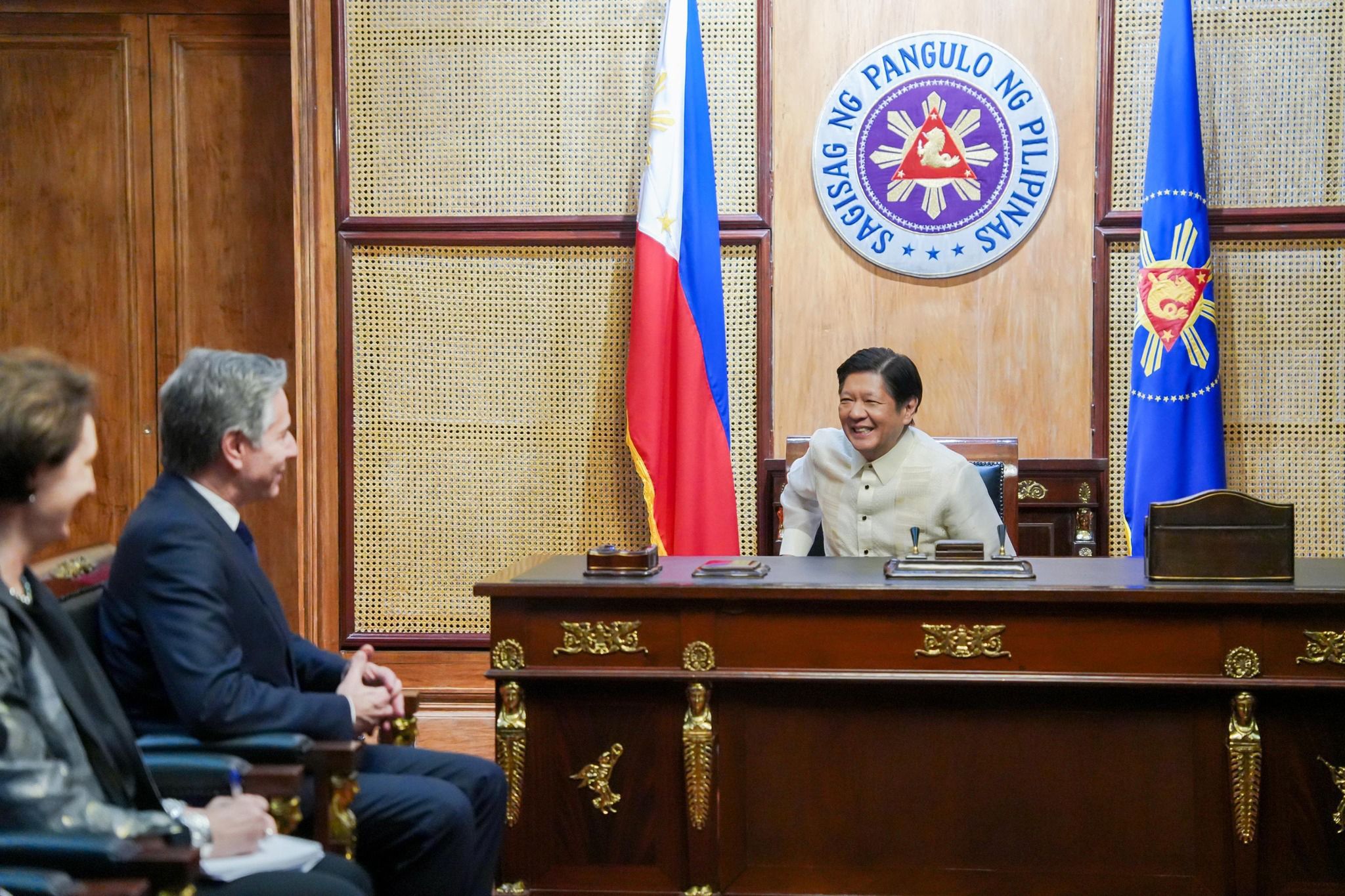


The United States and the Philippines share a strong, multifaceted economic relationship.
Even before the renaissance of the alliance under the Marcos and Biden administrations, long-standing connections between the U.S. government and the Philippines yielded significant public investment in Philippine infrastructure, institutions, and defense.
The Biden administration has encouraged greater business ties, including through the first-ever Presidential Trade and Investment Mission.
Across a range of industries, U.S. private investment has supported development throughout the Philippines.
Investments by U.S. companies employ an increasingly large number of Filipinos, strengthening industries crucial to the economic future of the country.
With U.S. energy and infrastructure investments, the Philippines can create a more resilient, climate-friendly grid and provide reliable energy to far-flung islands and isolated regions throughout the archipelago. Such investments will boost the ubiquity of IT-BPM services, creating new opportunities for Filipinos living outside urban hubs. This will also have major impacts on the development of the Philippines’ burgeoning logistics, semiconductor, and mining industries.
Despite this momentum, it is crucial for the Philippines to work to foster a more investor-friendly environment to encourage further development.
Partnership between the United States and the Philippines is essential for upholding a rules-based order in the region. Through better publicization of investment and collaboration, sustained people-to-people exchanges, and investment support and diversification, the two partners can chart an even stronger path forward together.
Made possible by the generous support of the
U.S. Department of State’s Global Engagement Center.
Authors
Japhet Quitzon, Associate Fellow, Southeast Asia Program
Gregory B. Poling, Senior Fellow and Director, Southeast Asia Program and Asia Maritime Transparency Initiative
Special Thanks
Throughout this project, CSIS scholars received support and input from a wide range of U.S. and Philippine experts, policymakers, and private sector representatives. Our program thanks them for their counsel. The authors would also like to thank former CSIS Southeast Asia Program interns Amelie De Leon, Giang Pham, and Pann Ei Thwel for their assistance in producing this report.
iDeas Lab Story Production
Editorial, design & production by: Sarah B. Grace
Data visualizations by: Lindsay Allison & Sarah B. Grace
Copyediting support by: Katherine Stark & Madison Bruno
Photo Credits
Cover: A panoramic view of a city in the Philippines. | BlackBoxGuild via Getty Images
Banner headers: A brightly-colored sunset. | Pavlo Vakhrushev via Adobe Stock
The Impact of U.S.Government Investment: View of Manila | Charlesdeluvio via Unsplash; U.S. President Joe Biden meets with President of the Philippines Ferdinand Marcos Jr. in May 2023. | Alex Wong/Getty Images
Sectors to Watch: Renewable Energy: Time lapse view of the ancient Ifugao rice terraces at Banaue, northern Luzon, Philippines. | R.M. Nunes via Adobe Stock; Information Technology and Business Process Management: A customer service worker takes a call in Taguig, Philippines in April 2024. | Bloomberg Video via Adobe Stock; Semiconductors: Semiconductors are created on a factory line. | Imazins via Getty Images; Agriculture: A dragon fruit farm in Santa Maria, Philippines in 2022. | Bloomberg Video via Getty Images; Defense & Aerospace Manufacturing: Chinese ships shadow and surround Philippine Coast Guard vessels sent to deliver provisions to a Philippine ship stationed at the disputed Sabina Shoal in the South China Sea | AFPTV via Getty Images; Critical Minerals and EVs: A miner uses a drilling machine before blasting to extract boulders of ore in a mine tunnel under Mount Santo Tomas in Benguet province. | Romeo Gacad/AFP via Getty Images; Logistics and Shipping: An aerial view of the cargo port and container terminal in Manila Bay. | Alex Traveler via Adobe Stock
Conclusion: Philippine President Ferdinand Marcos Jr. meets with U.S. Secretary of State Antony Blinken during a bilateral meeting at Malacanang Palace in Manila, Philippines in March 2024. | Philippine Communication Office / Handout /Anadolu via Getty Images; Rice terraces are seen in Banaue in 2023. | Lisa Marie David/Bloomberg via Getty Images
